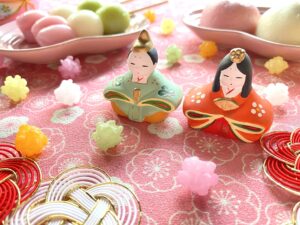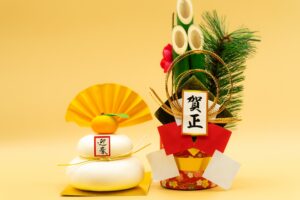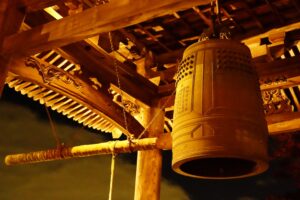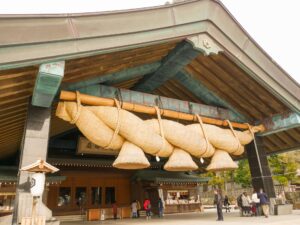Japan’s matsuri are vibrant, community-driven festivals that embody the spirit of Japanese culture, religion, and history. This article delves into the origins of matsuri, the different types of festivals celebrated across Japan, and offers a guide for travelers on how to experience them. Whether you’re interested in traditional practices or simply want to enjoy the festive atmosphere, matsuri are a gateway to understanding Japan’s unique cultural identity.
What is Matsuri?
Matsuri are traditional Japanese festivals, deeply rooted in the culture and religion of Japan. These vibrant celebrations occur throughout the year, honoring Shinto and Buddhist practices, seasons, and historical events. They are communal activities where people gather to pray for good fortune, celebrate harvests, or honor deities. Major examples include the Gion Matsuri in Kyoto, Awa Odori in Tokushima, and Nebuta Matsuri in Aomori, each with unique customs, rituals, and performances that showcase regional diversity in Japan.
The Origins of Matsuri
The origins of matsuri are closely tied to Japan’s two dominant religions, Shinto and Buddhism. Shinto, an ancient belief system based on the reverence of kami (deities), has a strong presence in many matsuri. Festivals often involve parades of mikoshi (portable shrines) to symbolically move the kami from one place to another. Buddhism also contributes to matsuri, particularly through festivals honoring the spirits of ancestors or significant Buddhist events. Over the centuries, these religious elements fused with local customs to create the diverse range of matsuri seen today.
Types of Matsuri
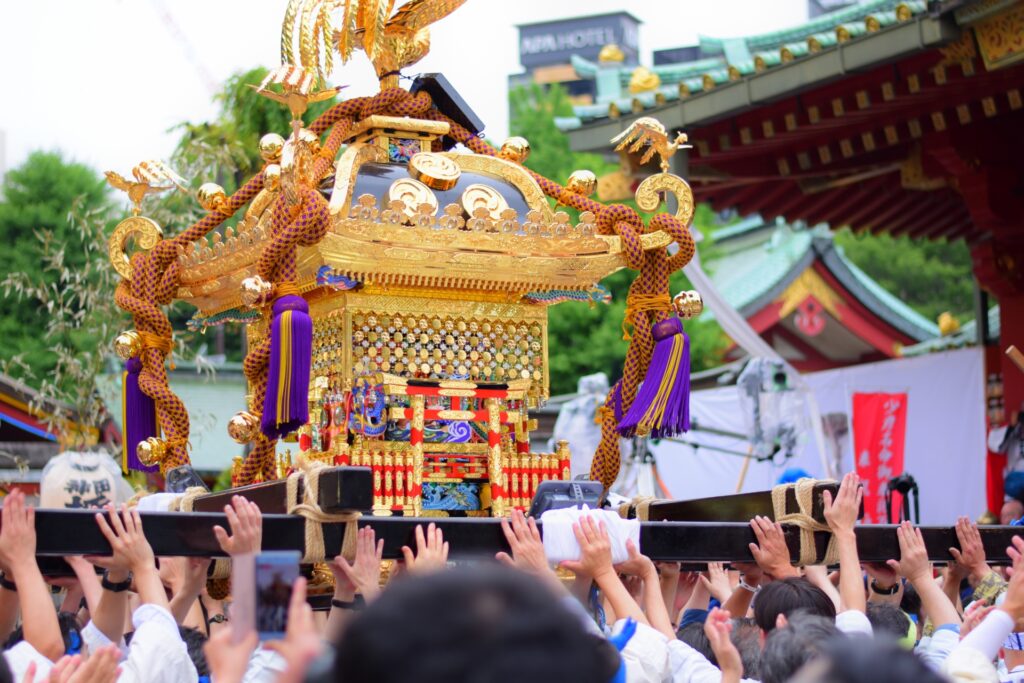
Matsuri can generally be categorized into three types: religious festivals, seasonal festivals, and historical commemorations. Religious festivals often revolve around Shinto and Buddhist practices, while seasonal festivals mark important agricultural or calendar dates, such as Tanabata in July. Historical matsuri, like the Kanda Matsuri in Tokyo, celebrate significant moments in Japan’s history, often reenacted with parades featuring elaborate costumes and performances.
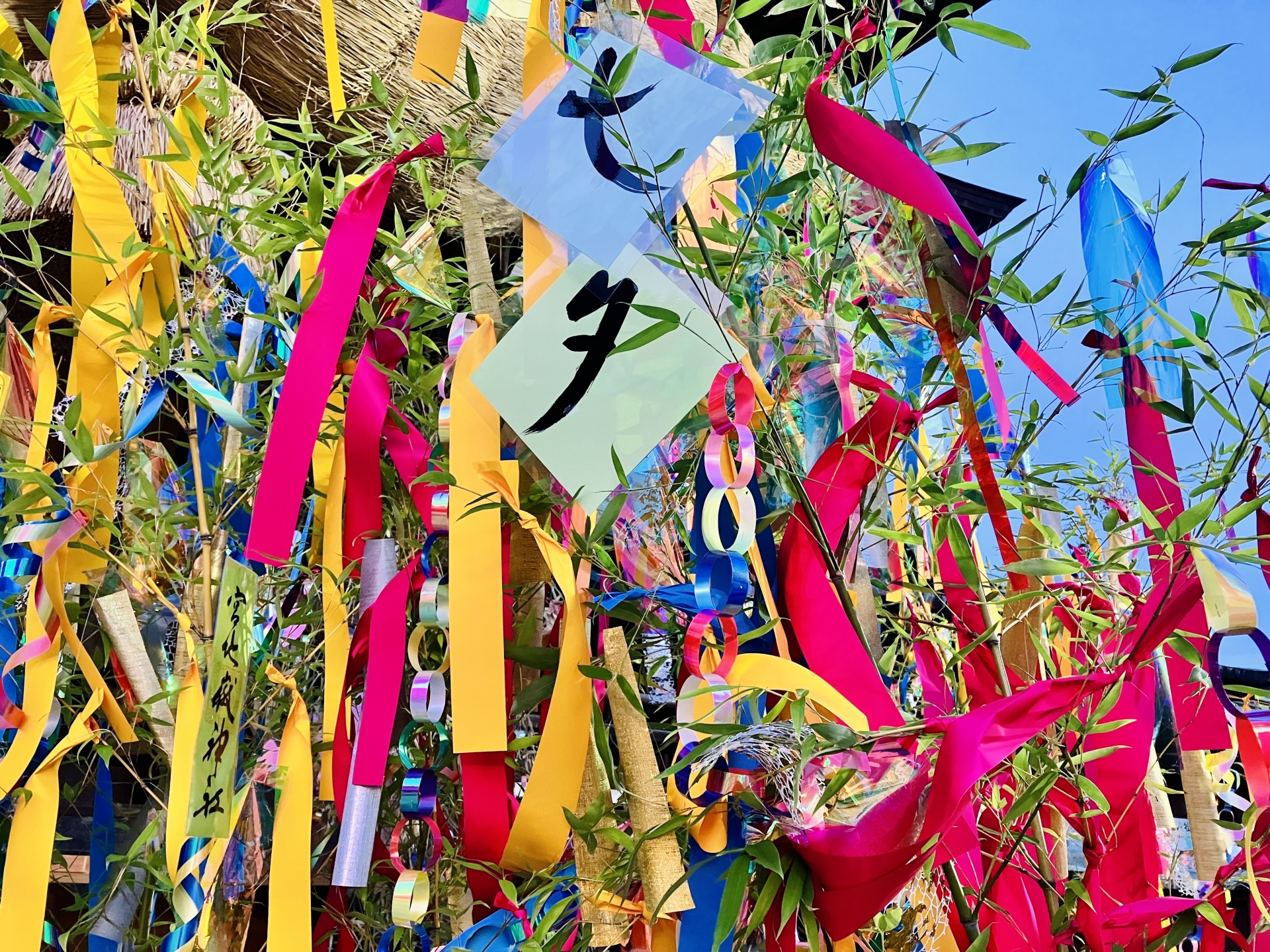
The Religious and Cultural Significance of Matsuri
Matsuri serve as an essential component of Japanese religious life, reinforcing the connection between people, their communities, and the divine. While Shinto festivals often focus on appeasing kami to ensure good harvests or protection, Buddhist matsuri may honor deceased ancestors or spiritual teachings. Beyond the religious aspect, matsuri are a vital expression of community spirit, fostering social unity through shared participation and celebration.
Shinto Influence on Matsuri
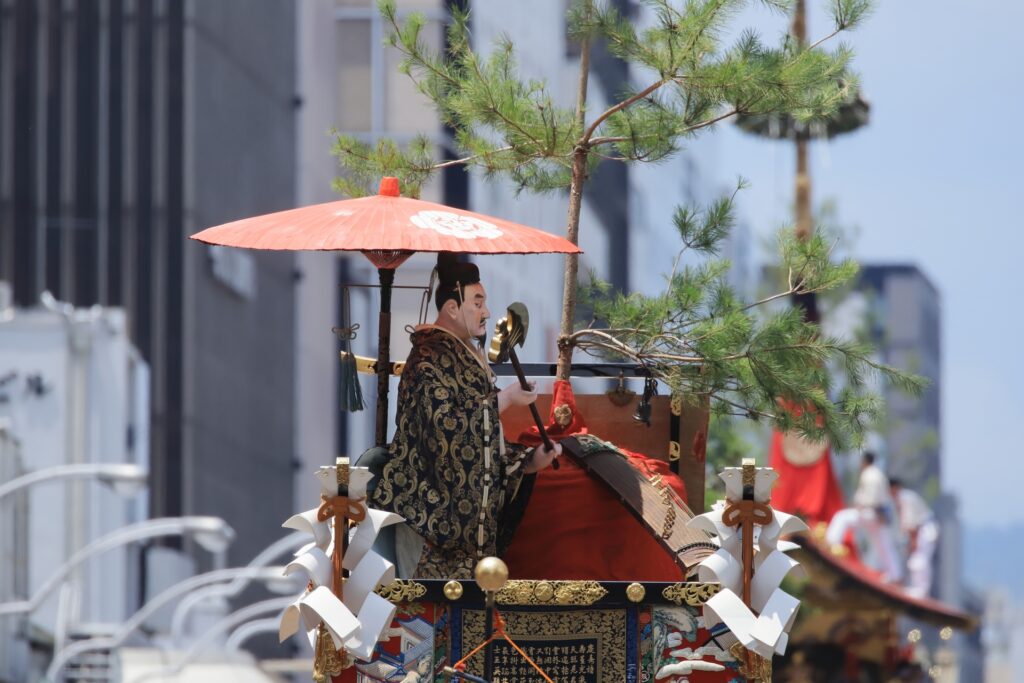
Shinto rituals are deeply woven into the fabric of matsuri. Festivals like Yasaka Shrine’s Gion Matsuri showcase vibrant parades with floats carrying portable shrines that house the local kami. Rituals involve purification, offerings, and prayers for the well-being of the community. These events are seen as an opportunity to bridge the spiritual and physical worlds, inviting divine blessings for prosperity.
Buddhist Influence on Matsuri
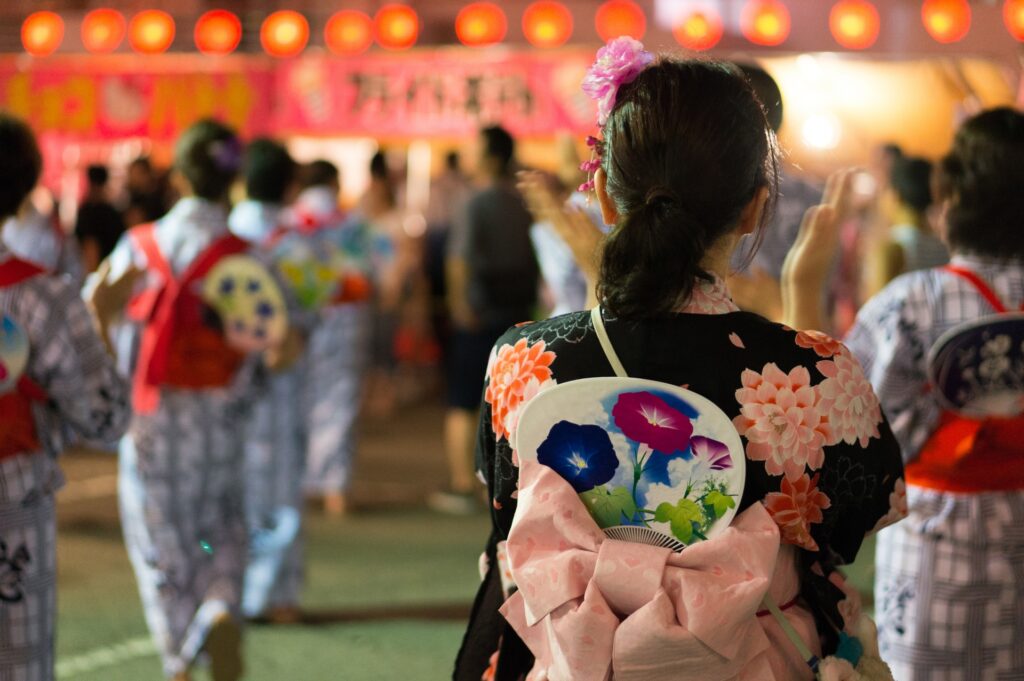
While Shinto’s role in matsuri is more prominent, Buddhism also plays a part in shaping certain festivals. Events such as Obon, which takes place in August, are dedicated to honoring the spirits of ancestors. During Obon, families visit gravesites and participate in traditional dances, such as Bon Odori, as a form of remembrance and respect for past generations.
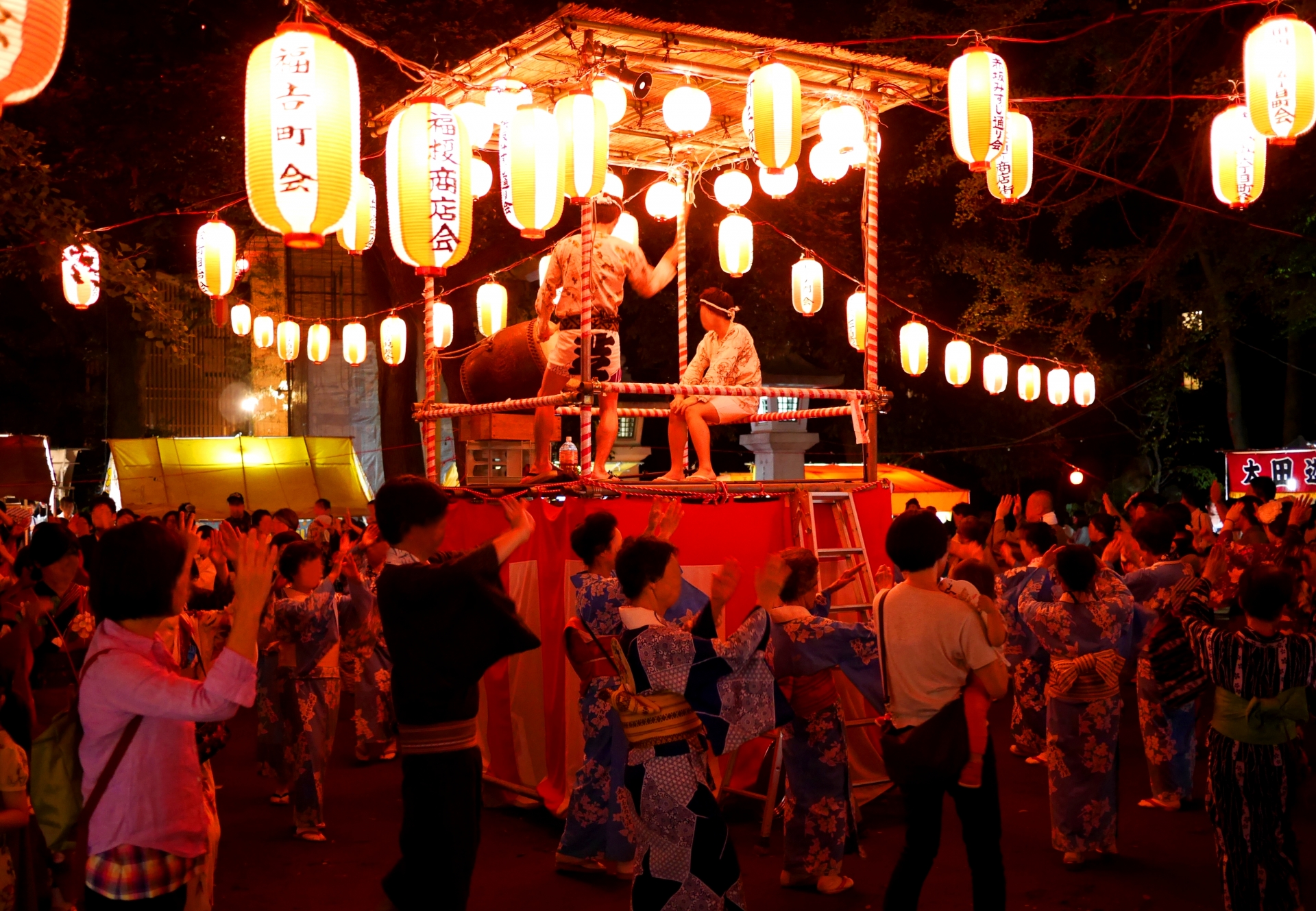
How to Experience a Matsuri as a Tourist
Experiencing a matsuri firsthand is a must for any visitor to Japan. These festivals offer a glimpse into the deep-rooted traditions and spiritual practices of the country. Whether it’s dancing in the streets during Awa Odori or watching the grand floats of Gion Matsuri, tourists can immerse themselves in the festive atmosphere. However, understanding certain customs and etiquette is crucial to enjoying matsuri respectfully.
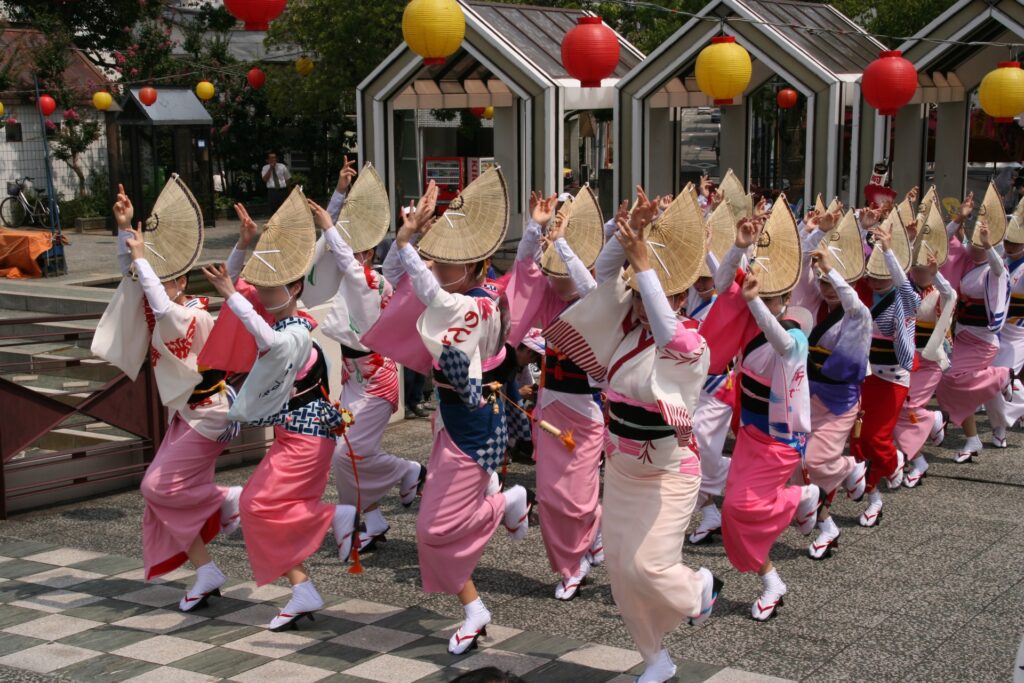
Matsuri Etiquette for Tourists
When attending a matsuri, proper etiquette is key. While the atmosphere is lively and joyous, certain behaviors are expected. For example, modest clothing, such as a yukata (summer kimono), is encouraged, and visitors should remain respectful during religious rites, such as shrine parades or prayers. Photography is usually allowed, but it is important to ask permission before taking pictures during religious ceremonies.
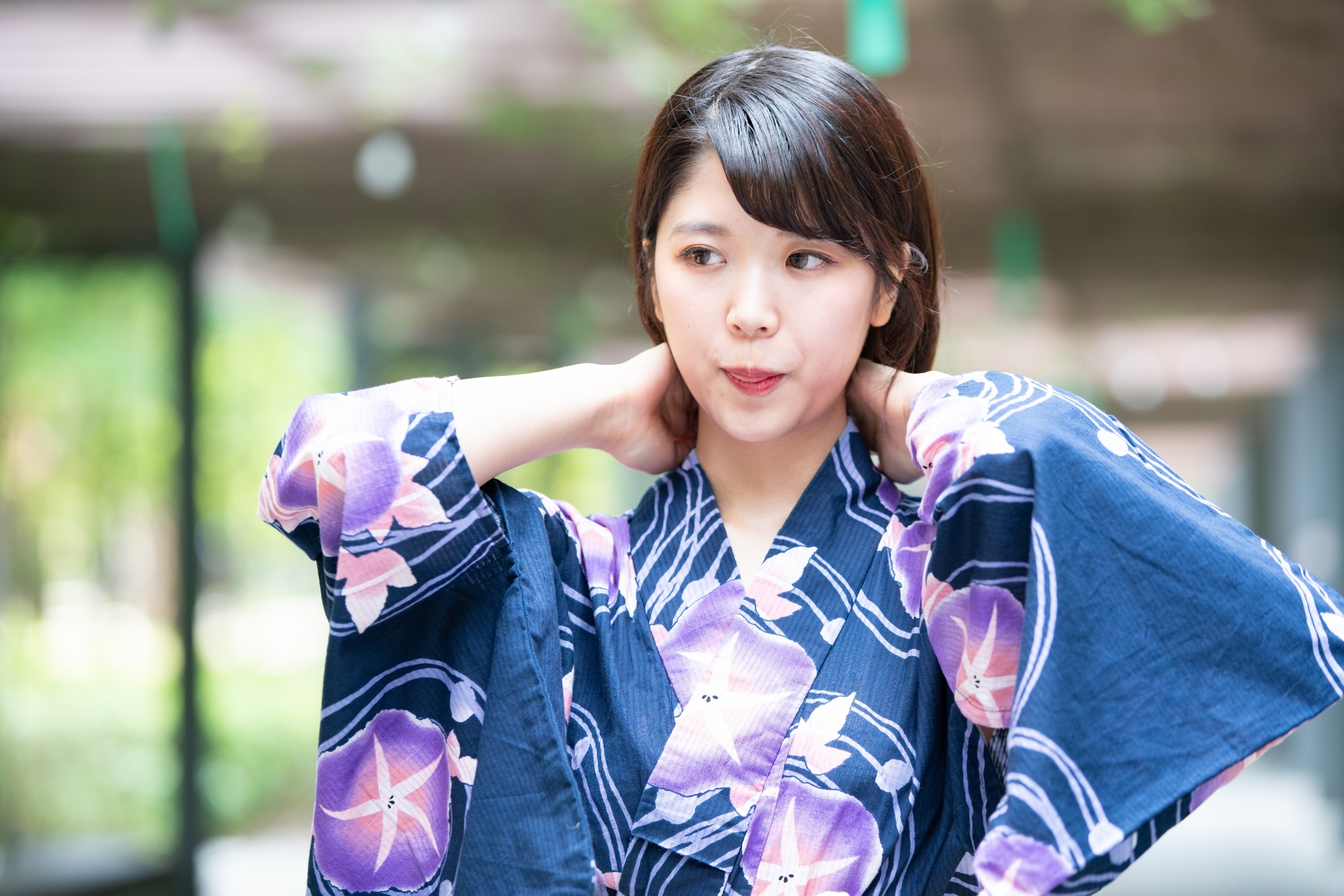
Best Times and Places to Attend Matsuri
Japan is home to thousands of matsuri throughout the year, but some of the best times to experience them are during the summer months, when major festivals like Gion Matsuri (July) and Nebuta Matsuri (August) are held. The New Year’s period and spring cherry blossom season also feature numerous festivals. Planning your trip around these dates will ensure a rich experience of Japan’s cultural heritage.
Modern Matsuri and Their Evolution
In recent decades, matsuri have evolved, blending traditional elements with modern influences. Technology, tourism, and globalization have impacted how these festivals are organized and celebrated. Some festivals have embraced live streaming, allowing a global audience to participate virtually, while others have adapted to growing environmental concerns.
The Impact of Technology on Matsuri
Technology has significantly changed how matsuri are celebrated and shared. Many large festivals, such as the Awa Odori, now offer live-streaming options, allowing people from around the world to join in virtually. Social media platforms also play a role, as festival-goers share their experiences, attracting even more attention to these traditional events.
The Globalization of Matsuri
With the rise of Japanese communities abroad, matsuri have found a global audience. Cities like Los Angeles and New York now host their versions of Japanese festivals, bringing a taste of these vibrant celebrations to an international audience. These events often incorporate local traditions and serve as cultural exchange hubs, blending Japanese and global influences.




